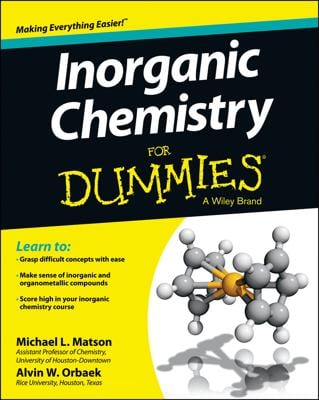In chemistry terms, solids all have less kinetic energy than their liquid or gaseous counterparts, but that doesn't mean all solids are alike. Make any such claim, and you'll instantly offend a whole class of scientists called solid state chemists. Maybe this group is overly sensitive to begin with, but they have a solid point.
The properties of a solid depend heavily on the forces between the particles within the solid:
Ionic solids: Ionic solids are held together by an array of very strong ionic bonds and therefore tend to have high melting points; breaking apart the particles takes a great deal of energy. Ionic solids also generally tend to dissolve better into solution due to their ability to interact with polar solvents such as water.
Molecular solids: Molecular solids consist of packed molecules that are less attractive to each other, so molecular solids tend to have lower melting points. Molecular solids don't dissolve in water nearly as well as their ionic counterparts due to their lack of ions.
Covalent solids: Some solids consist of particles that are covalently bonded to one another; these covalent solids tend to be exceptionally strong because of the strength of their extensive covalent bond network. One example of a covalent solid is diamond. Covalent solids have very high melting points. Ever try to melt a diamond?
In addition, the degree of order in the packing of particles within a solid can vary tremendously:
Most solids are highly ordered, packing into neat, repeating patterns called crystals. The smallest packing unit, the one that repeats over and over to form the crystalline solid, is called the unit cell. Crystalline solids tend to have well-defined melting points.
Amorphous solids are those solids that lack an ordered packing structure. Glass and plastic are examples of amorphous solids. Amorphous solids tend to melt over a broad range of temperatures.
When cooling a liquid through a phase transition into a solid, the rate of cooling can have a significant impact on the properties of the solid. The extreme order with which particles are packed together in crystalline solids can take lots of time. Therefore, substances that are capable of forming crystalline solids may nevertheless freeze into amorphous solids if they're cooled rapidly. The particles may become trapped in disordered packing arrangements.

